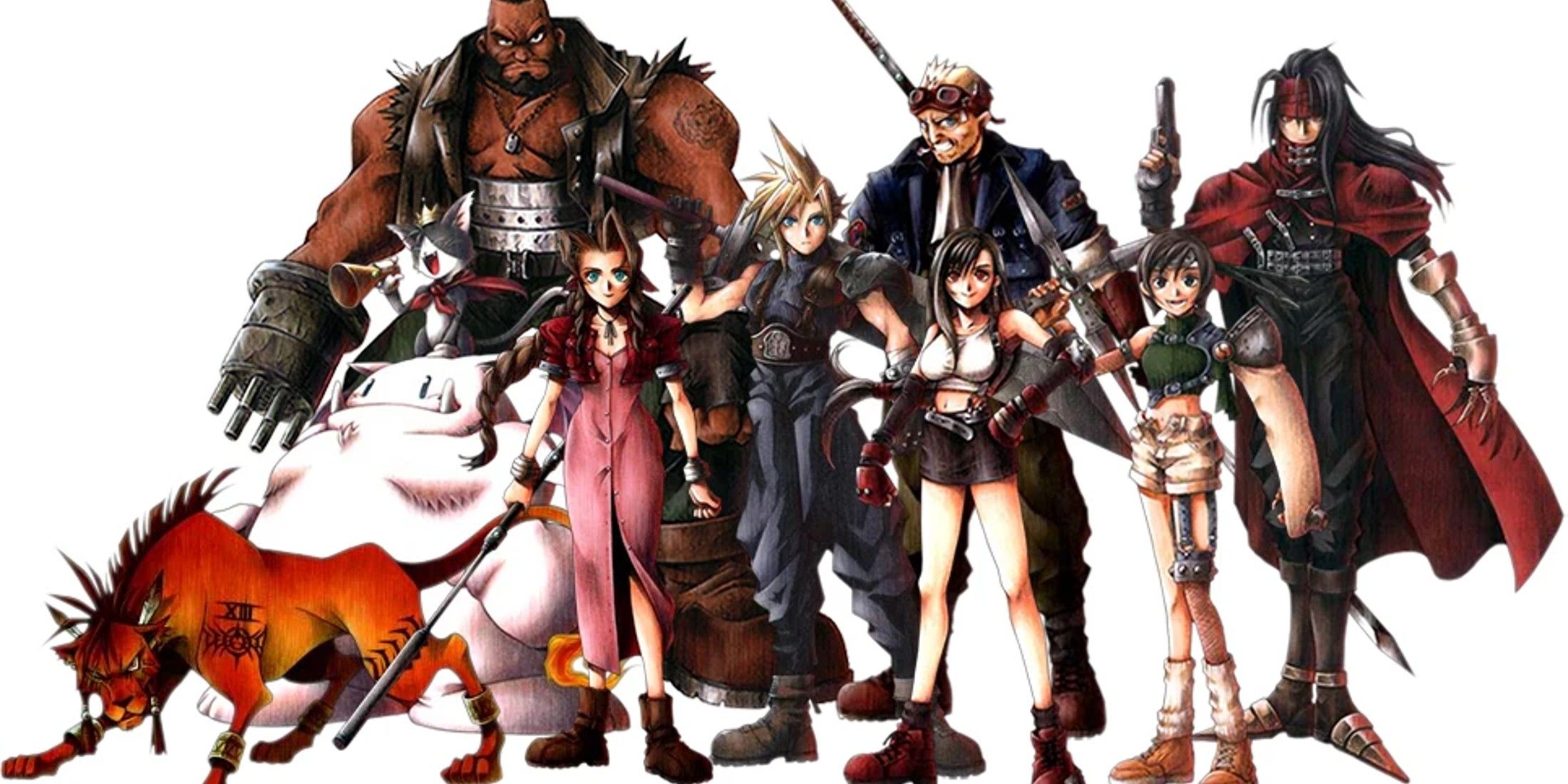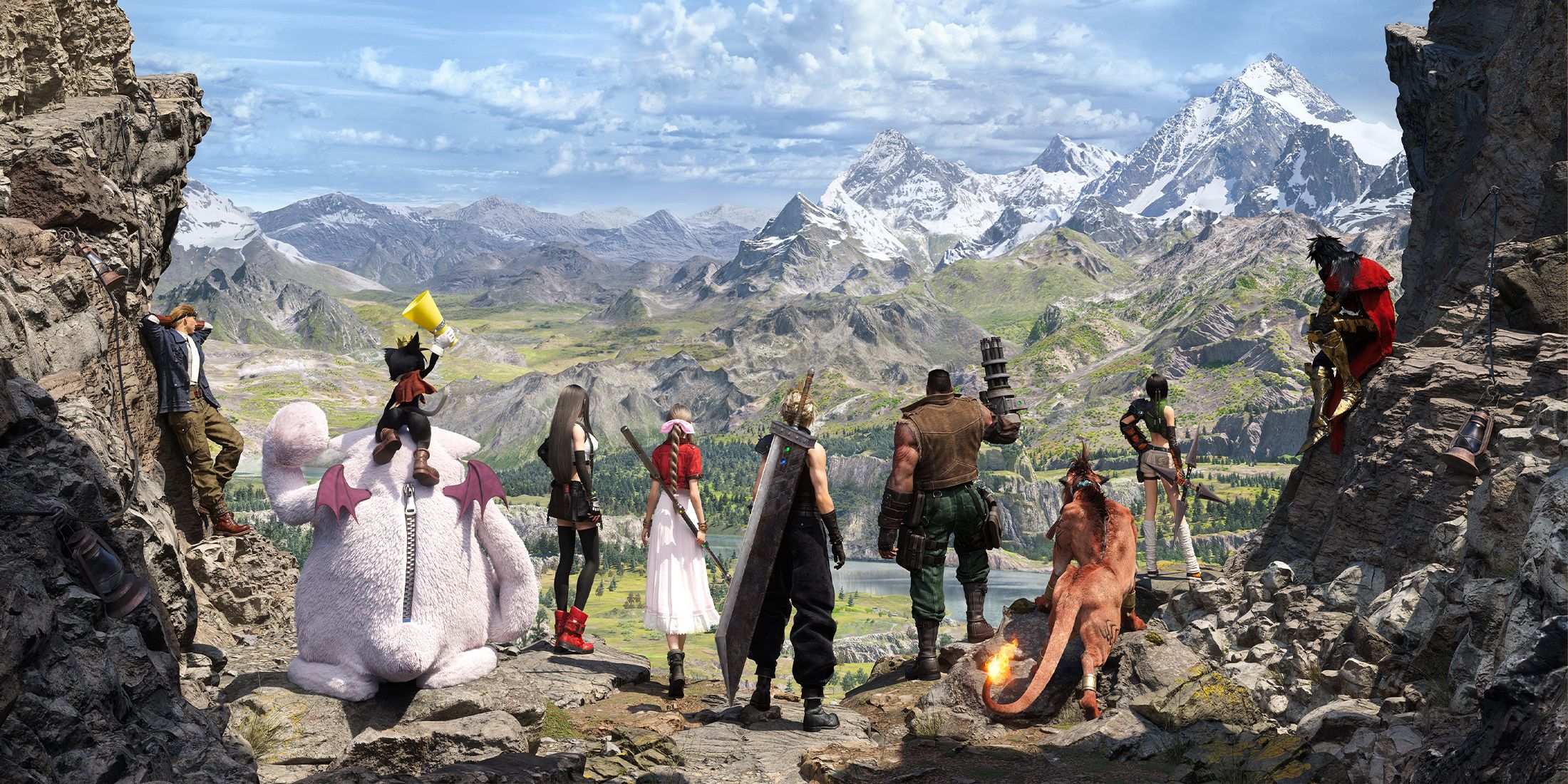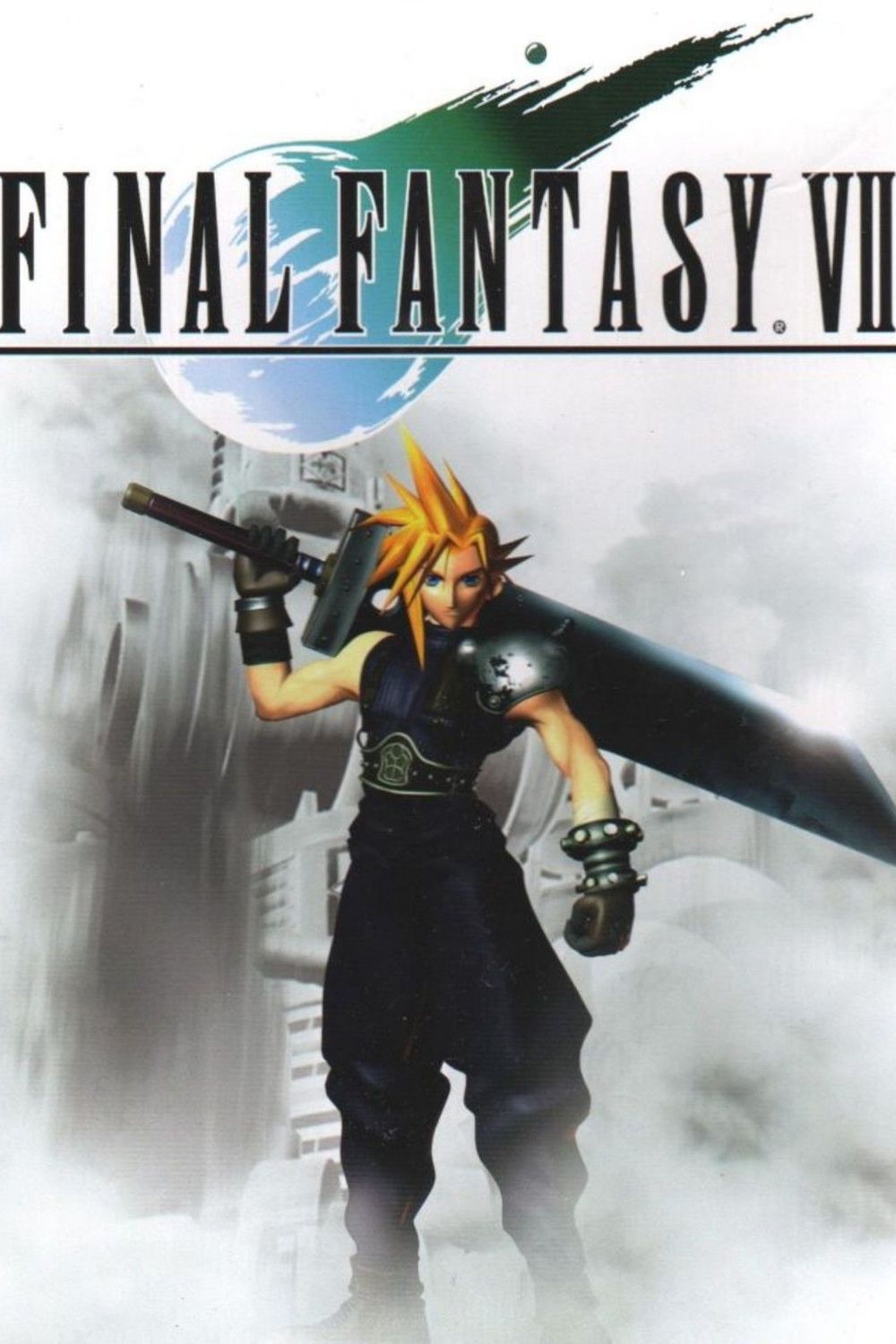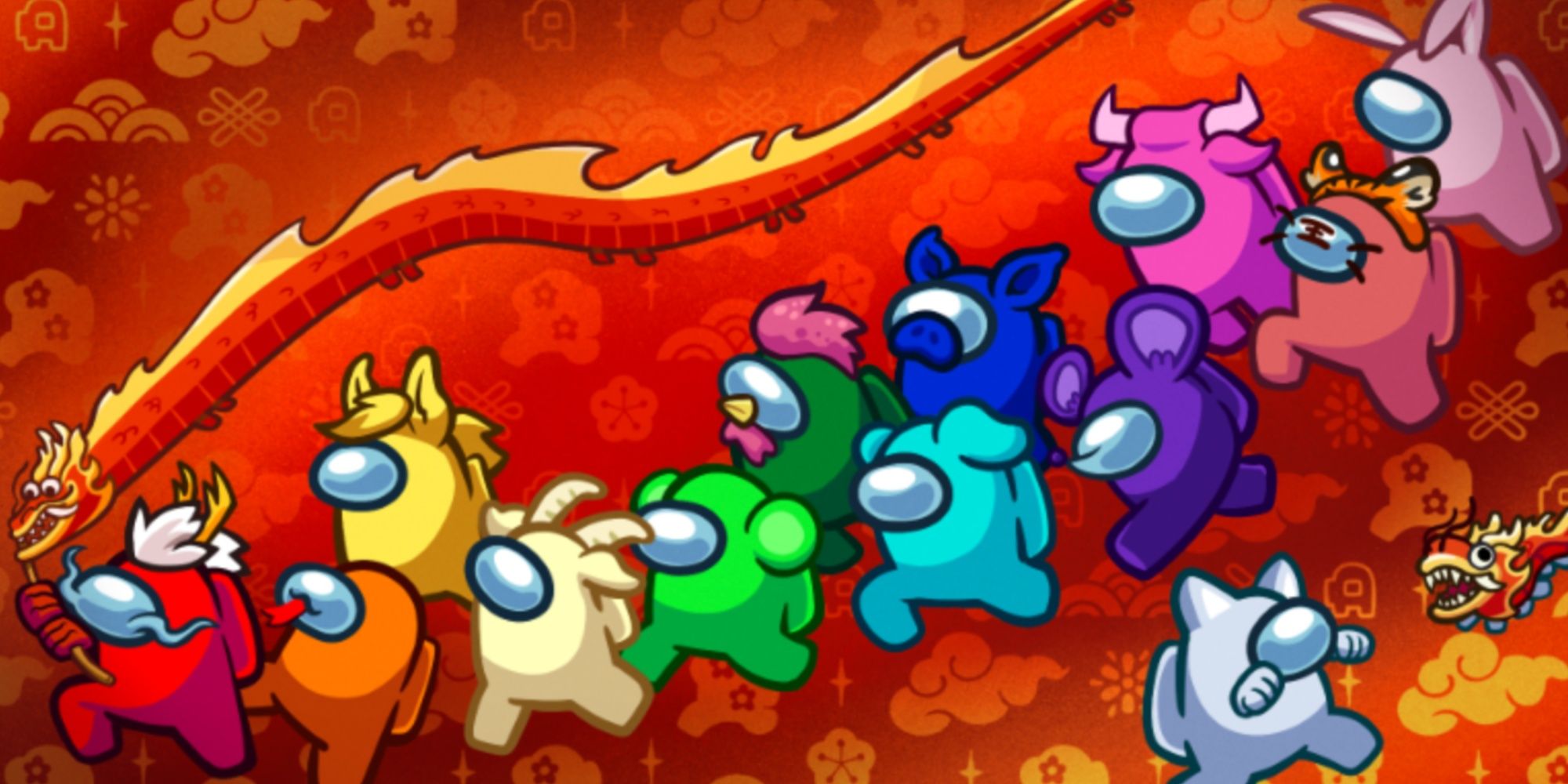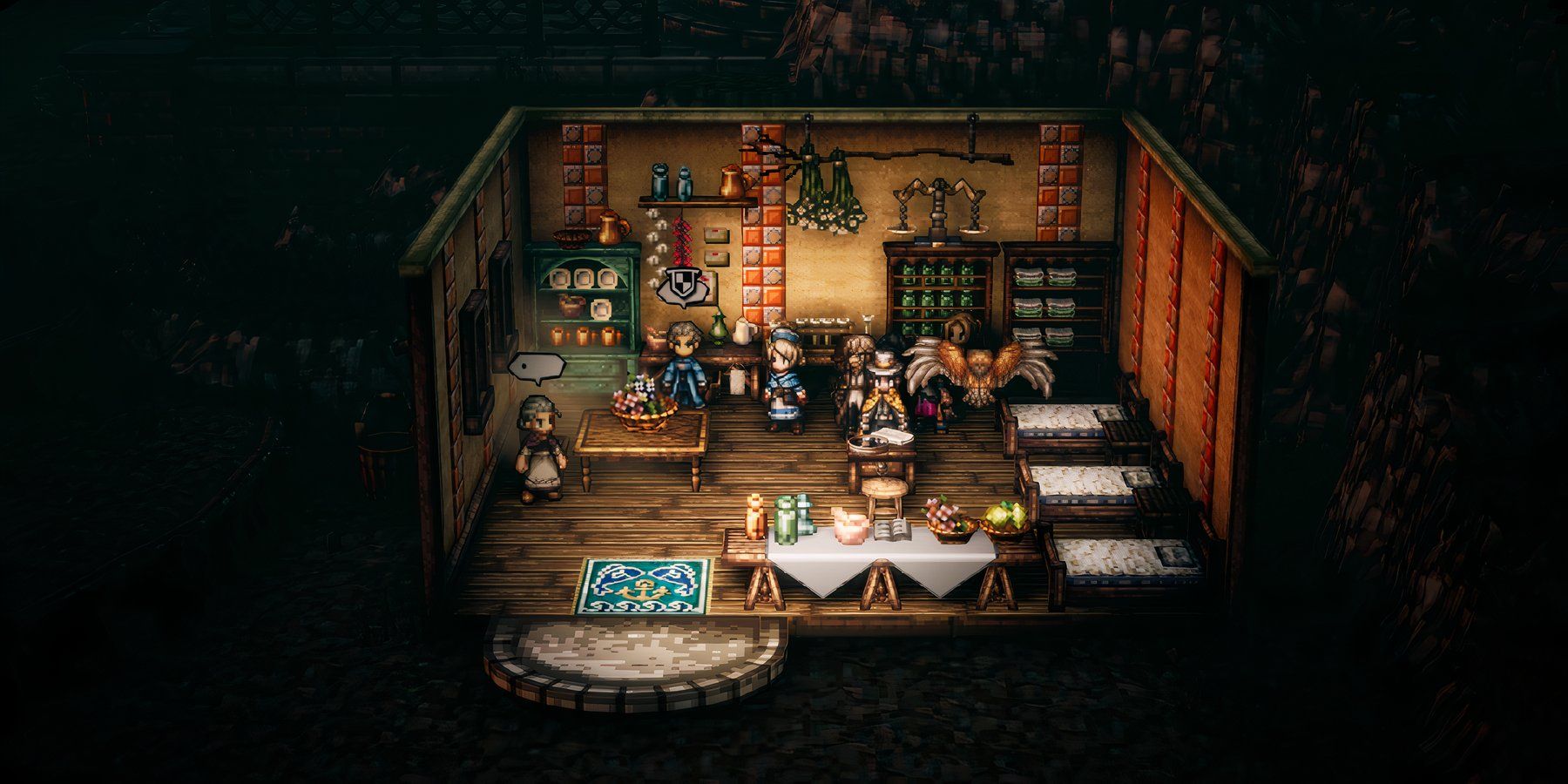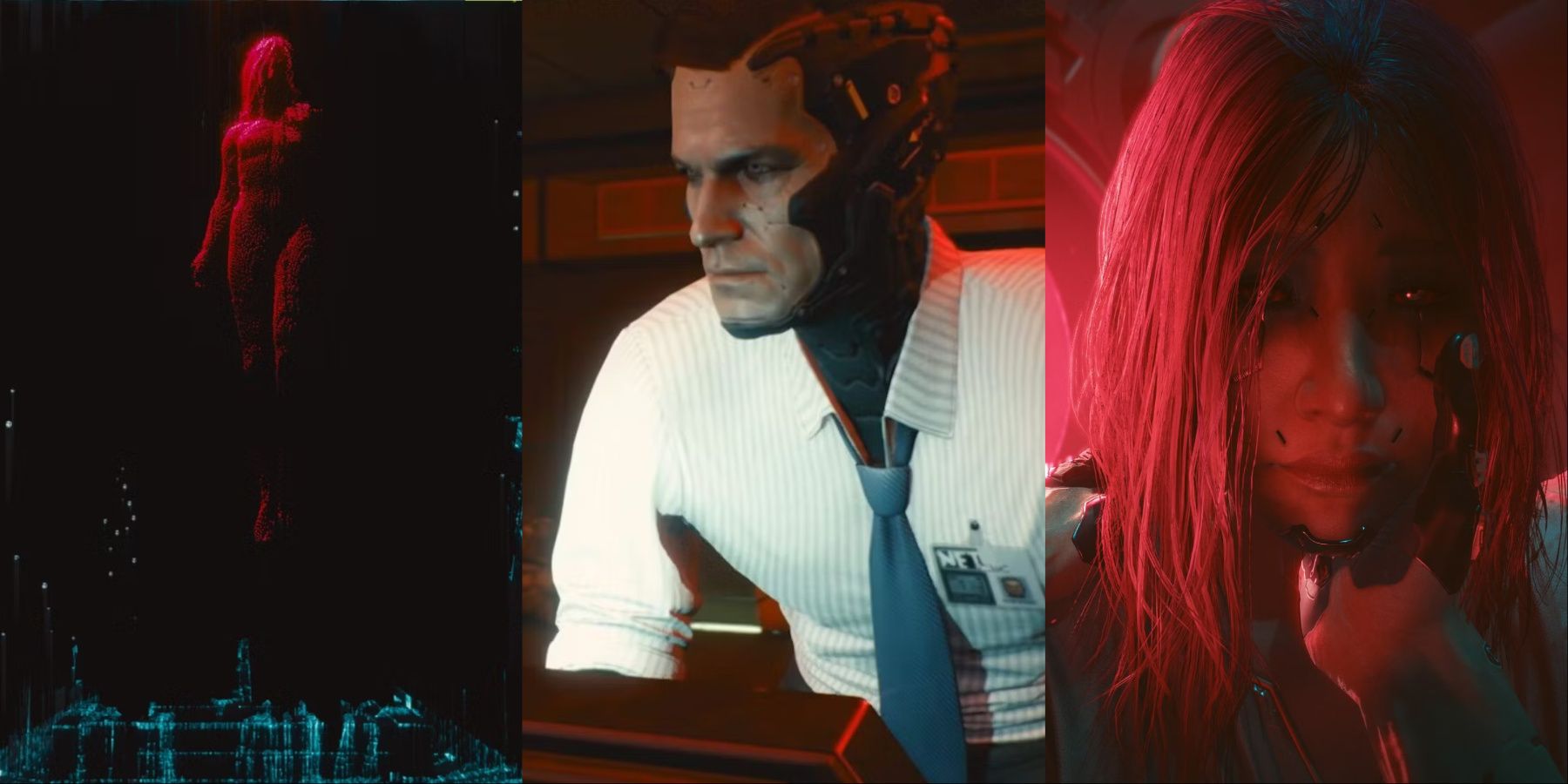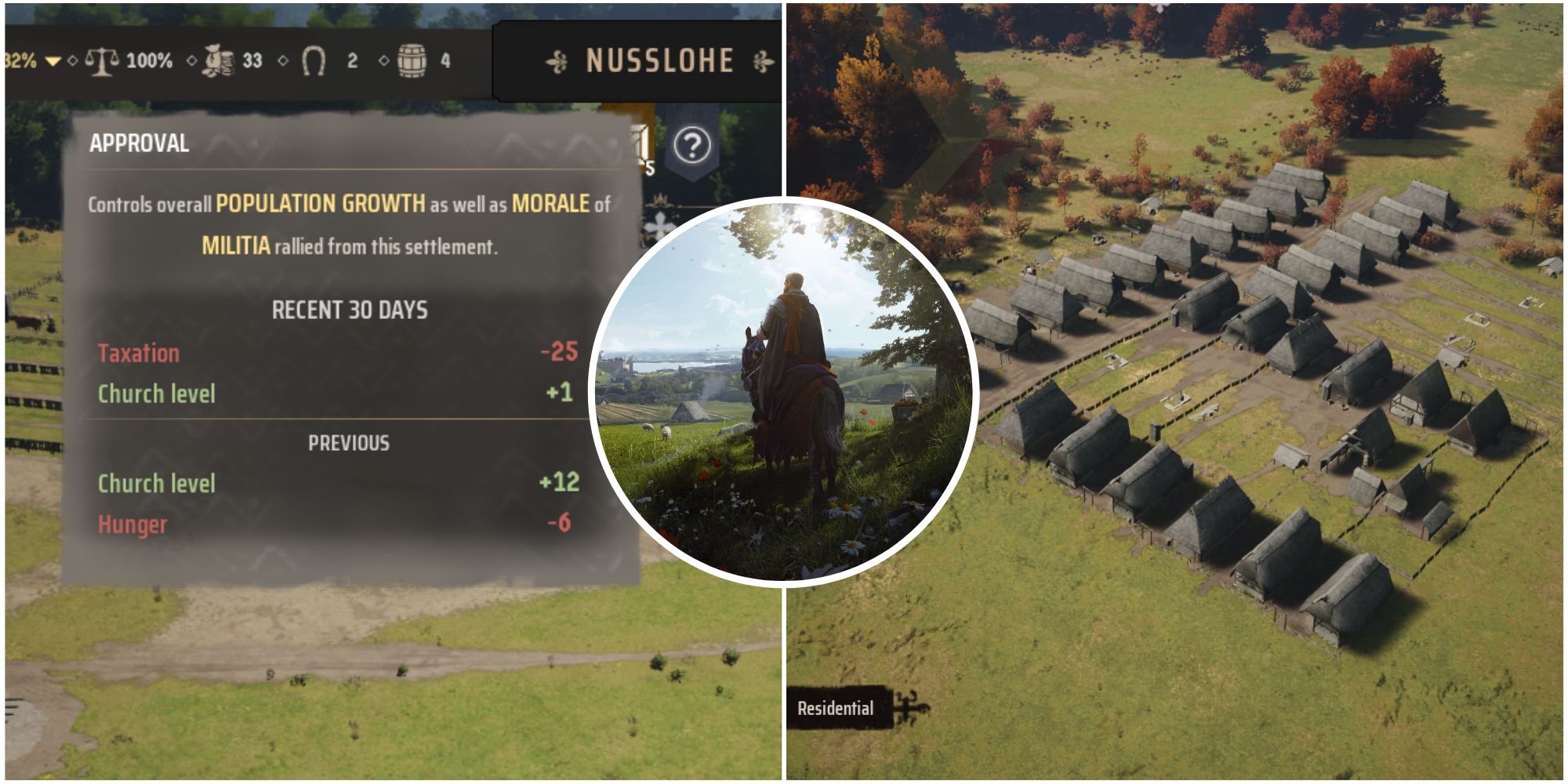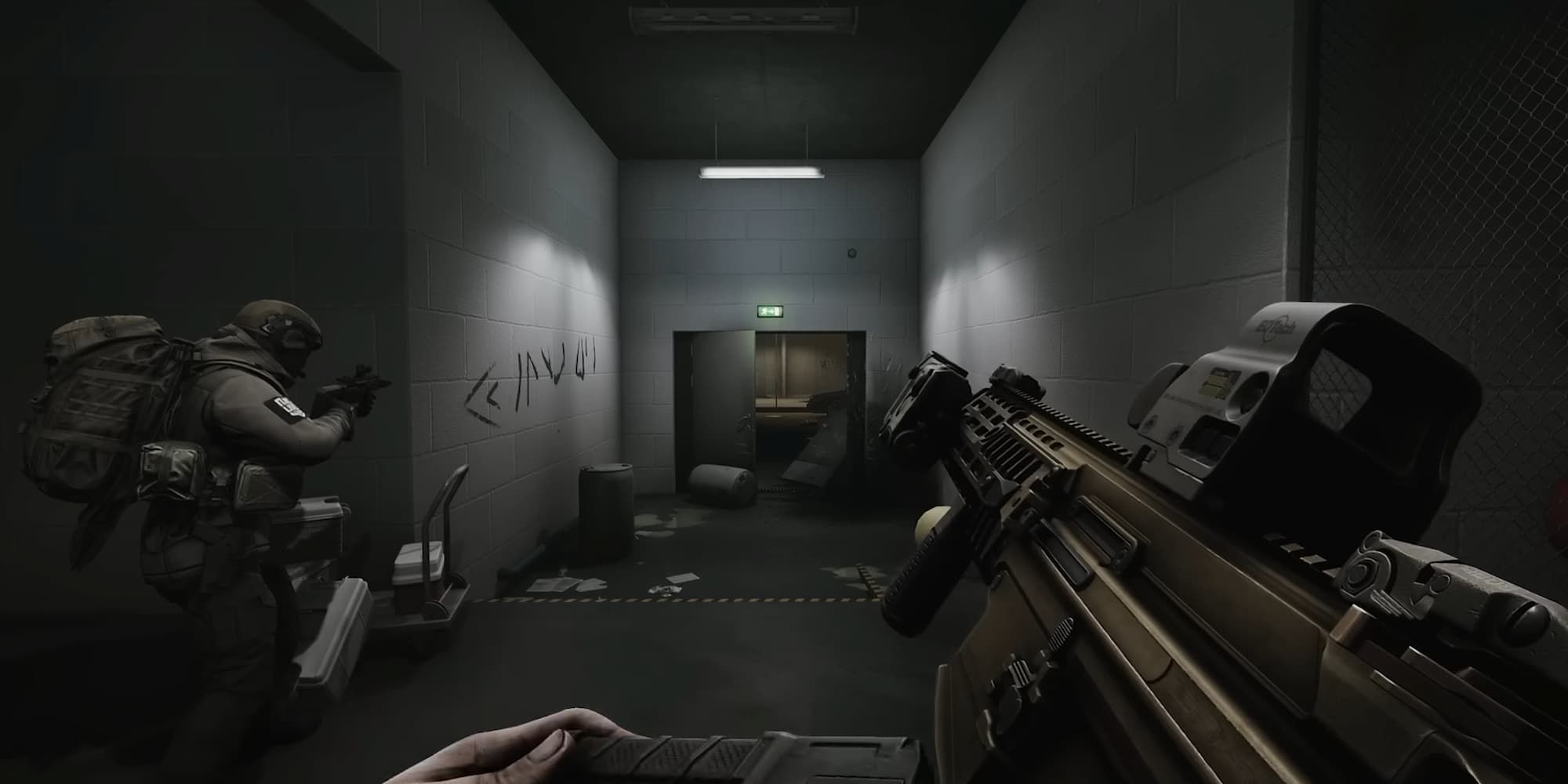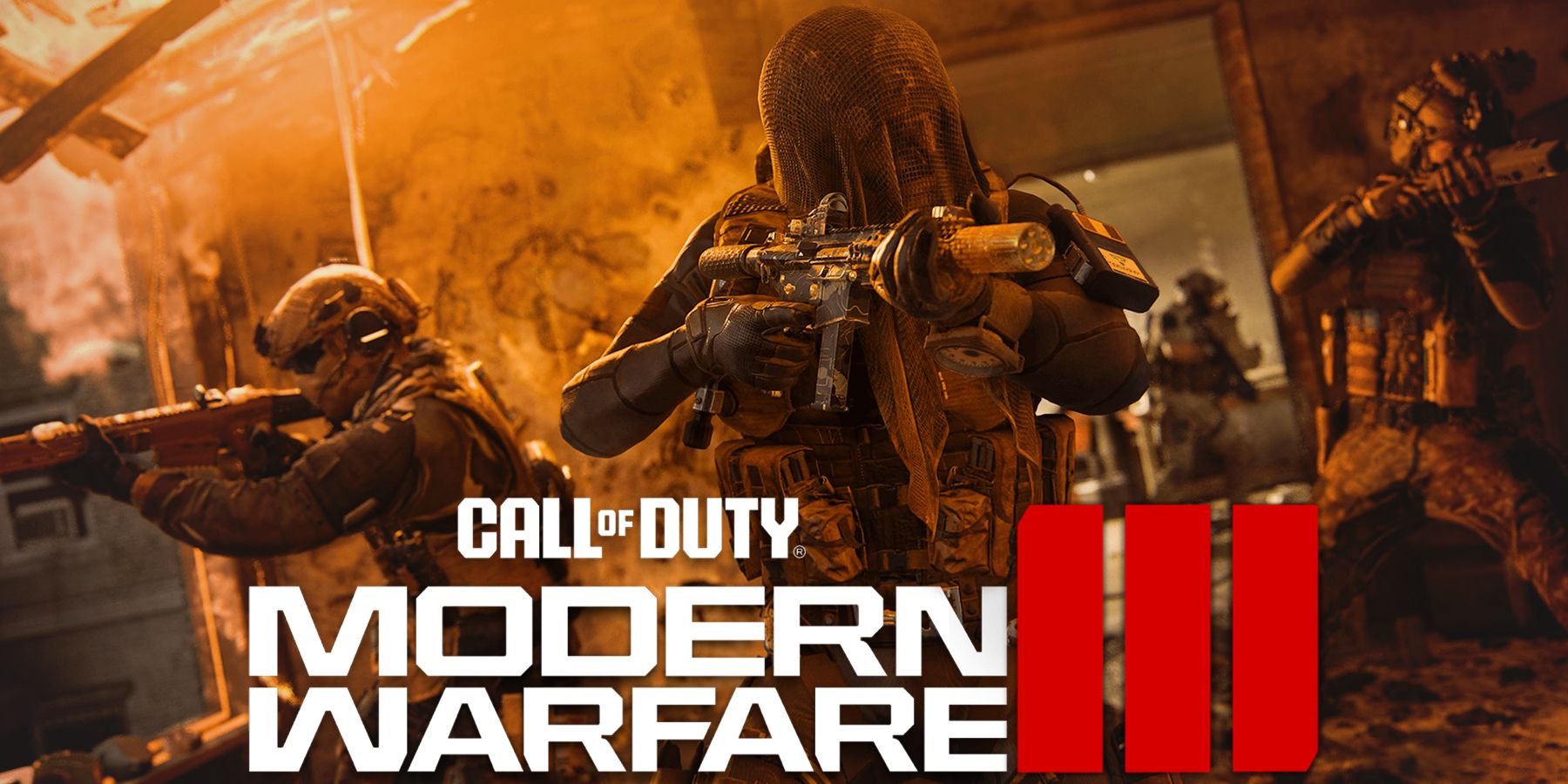Highlights
- Final Fantasy 7 is a traditional RPG game with an unlikely hero and a world-saving mission.
- The game’s cast also fits traditional class/job archetypes, influenced by earlier Final Fantasy titles.
- The Materia system allows characters to be versatile, with Cloud fitting either the Red Mage or Mystic Knight role.
For all the ways that it would usher in the series to a new era, Final Fantasy 7 is still a traditional Final Fantasy game by nearly every metric. Yes, Final Fantasy 7 is arguably the first game in the series to use a modern, dystopian future setting (not counting Final Fantasy 6‘s steampunk version of the Industrial Revolution), but it’s still ultimately a game about an unlikely hero and their friends embarking on a world-saving mission. One of the main areas where Final Fantasy 7‘s pedigree is most felt is in the game’s cast and their ability to neatly fit within the confines of the series’ longstanding class/job archetypes.
While Final Fantasy 7‘s Materia system and freedom of mixing melee characters with magic owe a massive debt of gratitude to the magic systems and mechanics of its direct predecessor, it shouldn’t go unnoticed that Final Fantasy 4 and 5 each play an important role toward informing Final Fantasy 7‘s DNA. In fact, the Job system from Final Fantasy 5 that would reappear in Final Fantasy Tactics was almost implemented in Final Fantasy 7, but the mix of unique character abilities and freeform magic usage would see the title land somewhere between the three Final Fantasy games preceding it in terms of how the game defined its cast. Accordingly, Final Fantasy 7‘s heroes fit squarely into the series’ traditional classes.
Related
Final Fantasy 7 Remake Part 3 Needs to Make One Key Decision with Sephiroth
FF7 Remake Part 3 will adapt the climactic battle with Sephiroth, leaving Square-Enix with a decision regarding the villain’s cinematic abilities.
The Final Fantasy Series’ Class/Job Archetypes Explained
The original Final Fantasy would famously use pen and paper RPG class types as the inspiration for its playable characters, introducing 6 different choices for players to select from when forming their party – the Fighter, Thief, Monk, Red Mage, Black Mage, and White Mage. These classes would then famously evolve into stronger, more nuanced versions with slight stat changes after gifting the Rat Tail to the original Final Fantasy‘s version of Bahamut. While Final Fantasy 2 would abandon many of the original game’s mechanics in favor of giving the player unprecedented levels of freedom, Final Fantasy 3 would see the series go back to basics through the introduction of the Job system.
The Job system’s introduction in Final Fantasy 3 would build on the class selection of the original to introduce several new “jobs” that have since become series mainstays (the Dragoon, Dark Knight, Geomancer, and Summoner) along with reintroducing the classic classes and their evolutions. Final Fantasy 4 abandoned the Job system in favor of giving each character their own specific role within the party, but the Job system’s return in Final Fantasy 5 brought with it even more new additions like the Beastmaster (Mediator) and Blue Mage. Though Final Fantasy 7 doesn’t explicitly name them, each of the game’s characters falls into one of the series’ traditional class/job types.
Aligning Each of Final Fantasy 7’s Playable Heroes With the Final Fantasy Series Class/Job Types
Taking the ideas implemented in Final Fantasy 6 and running with them, Final Fantasy 7‘s introduction of the Materia system (which builds off of FF6‘ Magicite/Esper system) allowed players to turn any character into a dual threat capable of both melee attacks and spellcasting. However, equipping Materia introduces something of a risk/reward system in Final Fantasy 7, where characters’ stats take a hit based on the number and type of Materia equipped. Thankfully, Final Fantasy 7 gives players a subtle nudge in the right direction based on each character’s starting stats and their growth at each new level.
With that in mind, it becomes clear that Cloud (who might appear as the traditional Warrior/Knight archetype) is actually somewhat of a Red Mage/Mystic Knight thanks to his magic affinity and melee prowess. This sets up the following potential alignment for Final Fantasy 7‘s party using Job classes from across the series (including Final Fantasy 14):
- Cloud: Red Mage/Mystic Knight/Dark Knight
- Tifa: Monk
- Barret: Machinist
- Aerith: White Mage/Geomancer
- Red XIII: Beastmaster/Mediator
- Yuffie: Ninja/Thief
- Vincent: Morpher/Berzerker
- Cait Sith: Blue Mage
- Cid: Dragoon
Of course, thanks to the Materia system, it’s also possible to make any character in the game the party’s de facto Black Mage or Summoner, provided they have the stats for it.
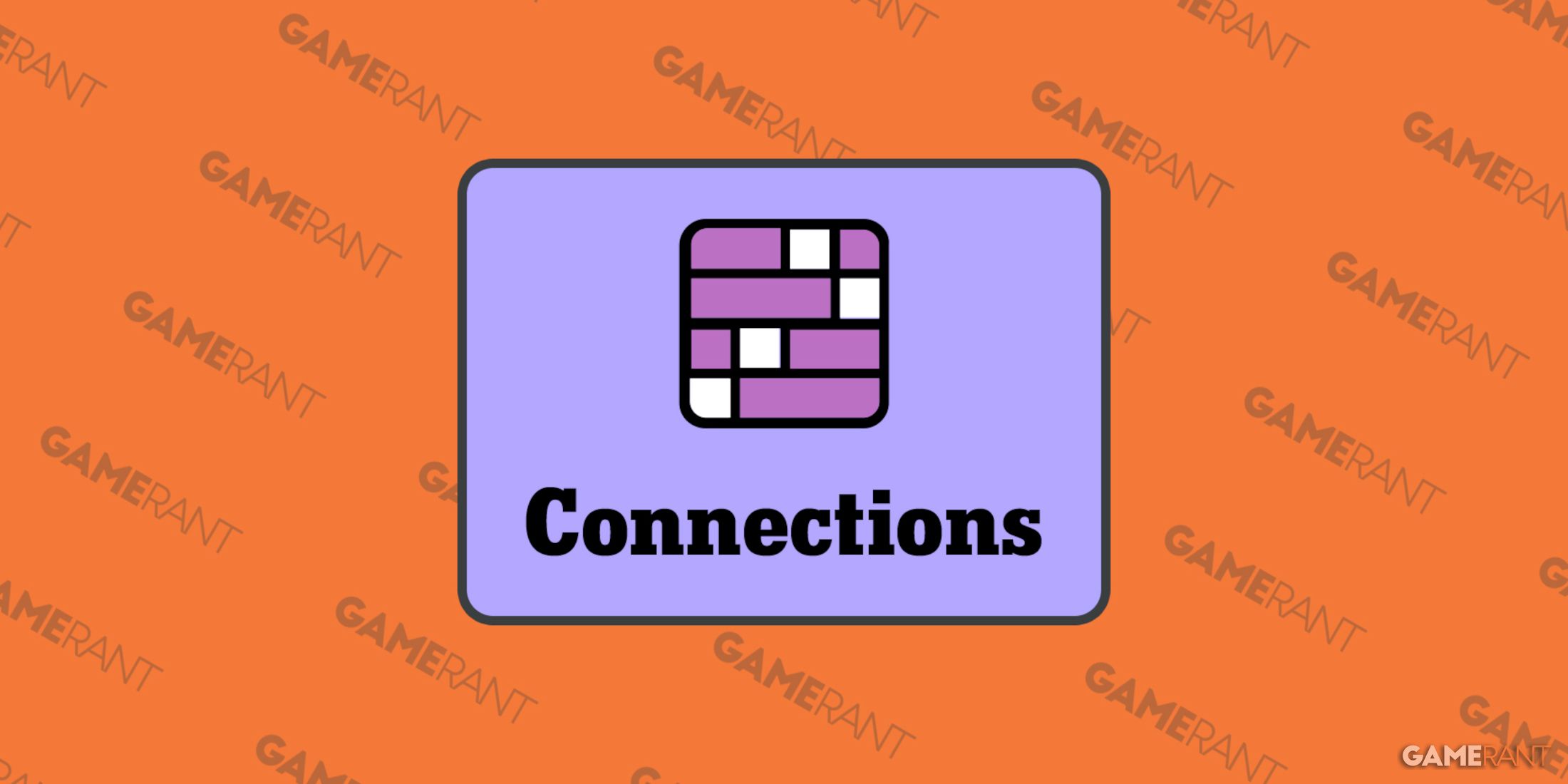
/cdn.vox-cdn.com/uploads/chorus_asset/file/25630593/slack_imgs.jpg)
